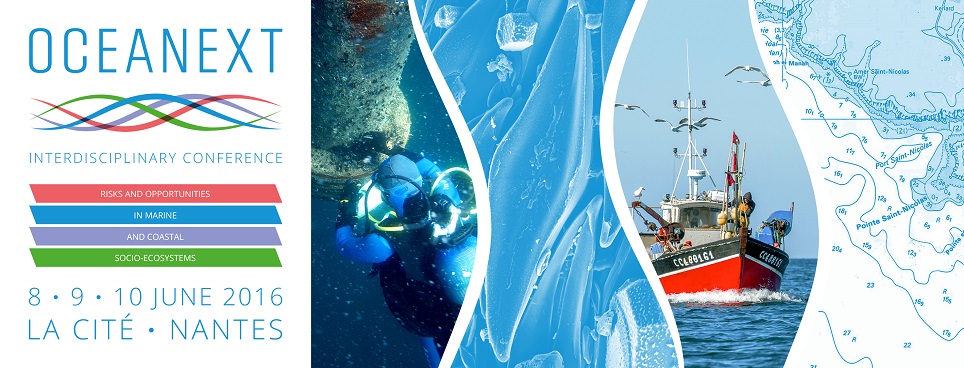HAB-related detection systems have been routinely designed based on structure-specific technologies,
such as antibodies. At Kaitek Labs, we propose to shift this paradigm towards effect-based detection
through bacteria and simple microorganisms, mimicking the initial idea behind mouse bioassay and
biological tests.
Bacteria have a natural capacity to gather and process information about its surroundings. This
computer-like function has been overlooked for many years, and never before has there been an
initiative that makes use of such capacity. By giving this natural functionality both a purpose and a
human interface, we can turn bacteria into information gathering machines, capable of expressing their
findings to human users by simple organoleptic changes.
RTDK, or Red Tide Detection Kit, is an example of this bacterial computer or new generation biosensor
approach. Using Synthetic Biology tools, our team has been capable of devising metabolic pathways that
allow a cell culture to measure the amount of a certain targeted toxin (our initial target is Saxitoxin) in a
sample, and then turn either red or blue to inform the results to the user.
This test will be easy to apply, and will display results in no longer than an hour. It will also be applied in
situ, eliminating the necessity of special laboratories and also making it possible for someone with no
background on biology to understand the results. The user interface will be as simple as a pregnancy
test: a color change will indicate contamination, no further indications needed.

 PDF version
PDF version
